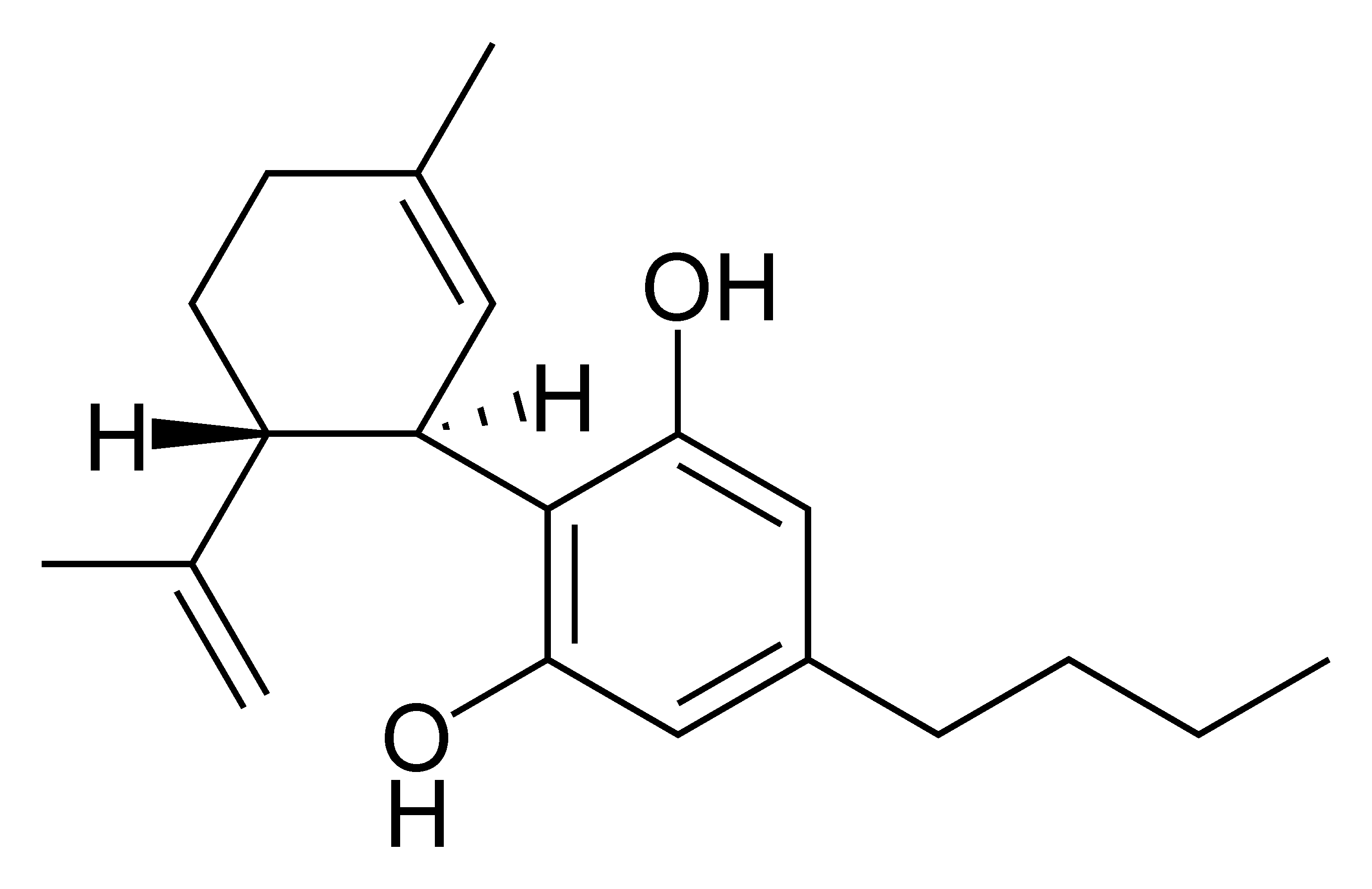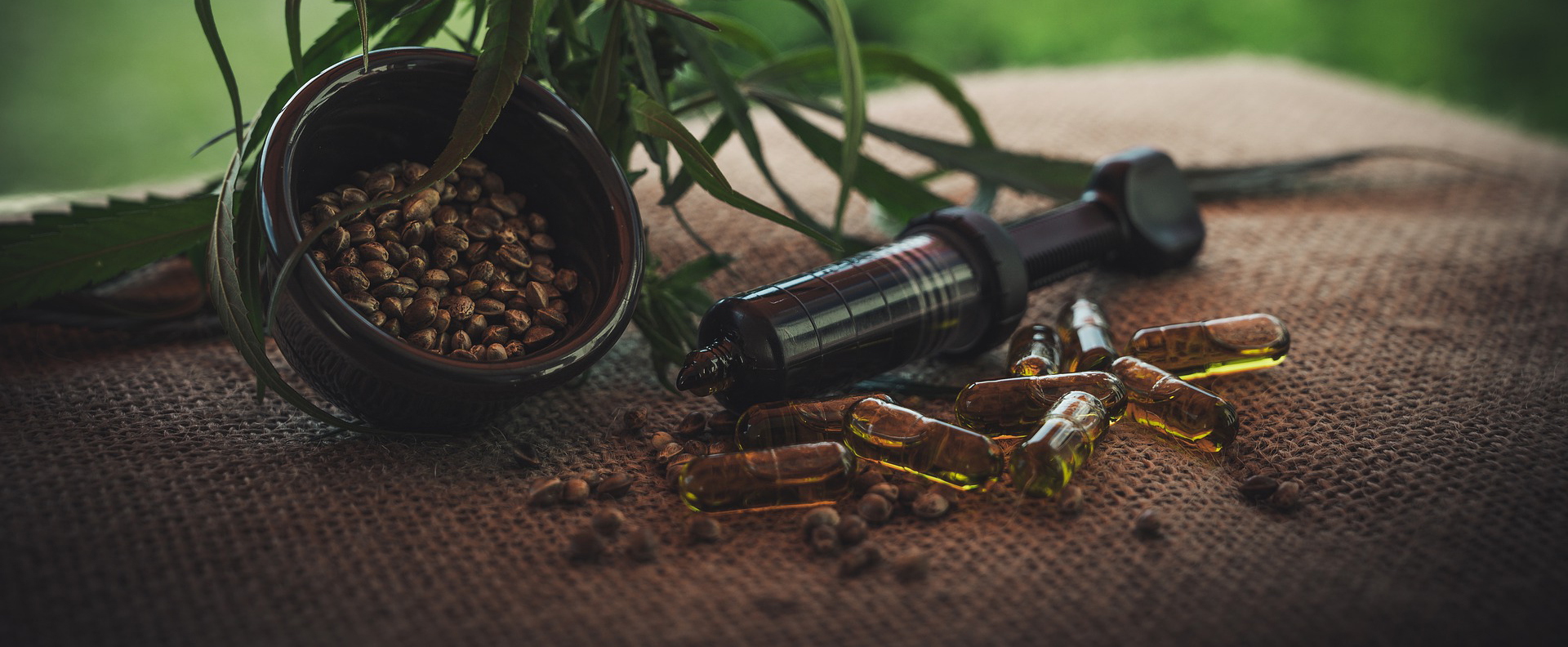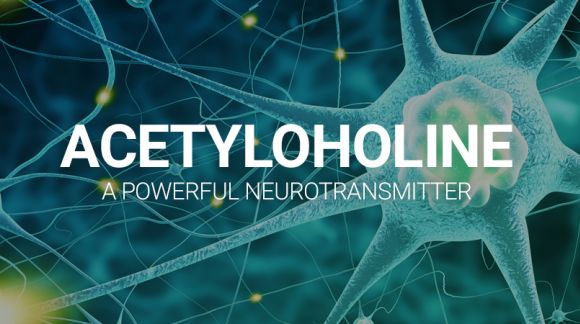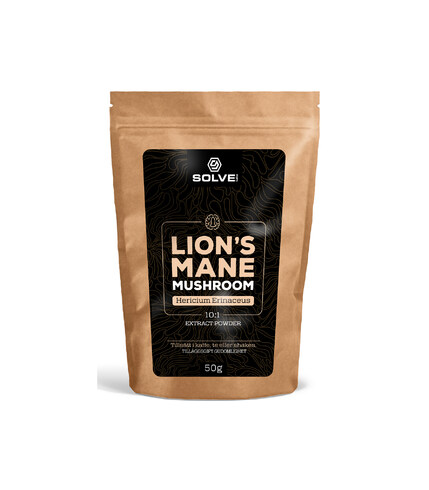CBD oil - the revolution of therapeutics or a momentary trend

CBD oil, and more specifically cannabidiol, has become more and more interesting for researchers in recent years. Interestingly, pharmacological research has been conducted since the 1970s. The intensification of research in the 21st century results from numerous discoveries related to the endocannabinoid system. In 2018, the American Food and Drug Administration approved, after pre-clinical and clinical trials, a purified CBD drug for people struggling with epilepsy syndrome (phase 3). Therefore, the World Health Organization (WHO), as well as other recognized research centers have undertaken to analyze the effects of CBD oil on the human body. This article will present the results of scientific publications, which indicate not only positive but also negative effects of the compound in question.
1. CBD oil - Chemical composition
CBD oil (Cannabidiol) is a concentrated extract based on hemp inflorescences. Its chemical composition is a 21-carbon terpenophenol compound formed in the decarboxylation process from the precursor of acannabidiolic acid. It can also be produced synthetically. In addition, it is worth emphasizing that it is dissolved in edible oil, e.g. olive oil or MCT or sunflower oil. The substances used to combine the fat with the extract may in some cases have a harmful effect, so you should pay attention to the ingredients before buying the oil. They affect the taste, or color, and viscosity (WHO).
Hazekamp (2018) notes that "many other plant ingredients are simultaneously extracted with the desired cannabinoids present in the herbal material, sometimes they are removed by a treatment called" overwintering. "By placing the extract in a freezer (-20 to -80 ° C) for 24 - 48 hours, higher melting ingredients such as waxes and triglycerides, as well as chlorophyll, will precipitate and can therefore be removed by filtration or centrifugation [1]. This treatment can significantly improve the taste and color of the final product."
In turn, Hilderbrand (2018), when analyzing this issue, referred to the differences that exist between CBD oil extracted from hemp and marijuana. CBD oil is made from fiber hemp (Cannabis sativa), while the plant with a higher concentration of THC (Tetrahydrocannabinol) is cannabis (Cannabis indica). The discussed Cannabis sativa contains less than 0.2% THC dry weight. The extracted product may contain other cannabinoids, plant oils, herbicides or pesticides, and other organic molecules. The important thing is that a hemp extract that is not purified and monitored will certainly contain some THC concentration. It is also worth mentioning in this case the opinion of the DEA (US government agency for the fight against drugs) that it is not possible at the moment to separate THC from CBD in hemp extracts.
2. CBD oil - positive effects
Currently, the pharmaceutical market dealing with this type of products is experiencing a boom. More and more countries or states (USA) are introducing regulations allowing the medical use of this drug. However, at the moment, due to insufficient medical knowledge due to a relatively small number of studies, most CBD products are considered suspect. For this reason, people taking CBD oil should be under the care of a professional doctor specializing in this type of therapy (Hilderbrand 2018).
Hazekamp (2018), by analyzing the effect of CBD oil, pointed to several applications. However, the only product confirmed in Phase 3 clinical trials is the CBD Epidiolex® treatment for epilepsy. He stressed that the results of this product were very promising. The author also points out that theoretically, clinical evidence supports the treatment of anxiety disorders, schizophrenia and Parkinson's disease with CBD oil. In other cases, despite emerging publications, no convincing data is available at the moment. Hazekamp (2018) also points out that "cannabinoids can, under certain conditions, inhibit cancer cell growth in vitro or in vivo through a variety of mechanisms of action, including induction of apoptosis, inhibition of angiogenesis, and cell cycle arrest." . However, it is worth emphasizing that at the moment this area of knowledge is still in the testing phase. In particular, there is a lack of data on which forms of cancer could be affected by cannabinoids.
Interestingly, it is also stated that "CBD acts as an indirect antagonist of the human CB1 and CB2 receptors, it is reasonable that the presence of CBD prevents their over-activation, thus protecting the nervous and immune systems from daily stress." Still, despite the fact that CBD is classified as an antioxidant, the scientific world is currently unable to state what diseases it can prevent in the form of prophylactic administration.
3. Toxicity of CBD oil according to the directive issued by the World Health Organization (WHO)
The following is a note from an expert committee under the WHO agenda on the toxicity of CBD oil.
"Potential toxic effects CBD has been extensively analyzed [49] recently with a literature update. [50] CBD has generally been found to be relatively low in toxicity, although its potential effects have not been studied. Some of the relevant in vitro and animal findings so far are listed below:
• CBD can inhibit the growth of cancer cells. Unfortunately, at the moment, the data on which specific forms of cancer can be affected are limited and are being tested. However, it shows a pro-apoptotic effect (programmed cell death) in lymphocytes. This is a positive omen for the medical world of drug development for cancer.
• Has no effect on embryo development (limited research)
• It has no effect on a wide range of physiological and biochemical parameters or has a significant effect on the behavior of animals, unless these are extremely high doses (e.g. in excess of 150 mg / kg intravenously as an acute dose or in excess of 30 mg / kg orally daily for 90 days in monkeys).
• The effect on the immune system is unclear; At the moment, there is evidence of immunosuppression and thus slowing down the process by which antibodies and immune cells are produced at higher concentrations. In turn, immune stimulation (increase of the body's resistance) is observed at lower concentrations. However, there is a lack of data that would allow effective dose determination for an individual against adverse effects.
• There is potential for CBD to be associated with drug interactions. "
4. CBD oil and side effects
As previously mentioned, the administration of CBD oil should be consulted with the patient's specialist. Brown and Wintersein (2019), analyzing the issue of interaction between CBD and drugs, indicated that too high a dose can lead to undesirable effects. Adverse drug reactions (ADE) shown with this product were "elevated transaminases, sedation, sleep disturbance, infection and anemia".
Summary
CBD oil should be used with caution and after consulting with a specialist. This is due to the fact that despite the relatively low risk of product toxicity, side effects may still occur.
According to research, it can help treat epilepsy. Moreover, it can support the therapy of children diagnosed with autism. In this case, according to the data, the result is a reduction in the number of epileptic attacks or aggression (Brown, Wintersein 2019). In addition, it can support the treatment of anxiety, psychosis, social anxiety or addiction. However, one should approach this information with caution, because at the moment there are no consistent scientific data confirming these reports. However, from a scientific point of view, this information is promising (Blessing et al. 2015).
BIBLIOGRAPHY
Hazekamp A., The trouble with CBD oil, Medical Cannabis and Cannabinoids, 1, 2018, s. 65 - 72.
Hildebrand R.L., Hemp & Cannabidiol: What is a medicine?, The Journal of the Missouri State Medical Associaton, 115(4), 2018, s. 306 - 309.
Brown J.D., Winterstein A.G., Potential adverse drug events and drug-drug interactions with medical and consumer cannabidiol (CBD) use, Journal of Cilinical Medicine, 8(7), 2019. s. 1 - 14.
Blessing E.M., Steenkamp M.M., Manzanares J., Marmar C.R., Cannabidiol as a potential treatment for anxiety disorders, Neuroherapeutics, 12(4), 2015, s. 825 - 836.
Schubart C.D., Sommer I.E., Fusar-Poli P., de Witte L., Kahn R.S., Boks M.P., Cannabidiol as a potential treatment for psychosis, European Neuropsychopharmacology, 24(1), 2014, s. 51 - 64.
Cannabiiol (CBD) Pre-Review Report. Agenda Item 5.2., Expert Committee on Drug Dependence Thirty-ninth Meeting Geneva, 6-10 November 2017, World Health Organization.
Pisanti, S. i wsp., Cannabidiol: State of the art and new challenges for therapeutic applications. Pharmacol Ther, 2017. 175: p. 133-150.











